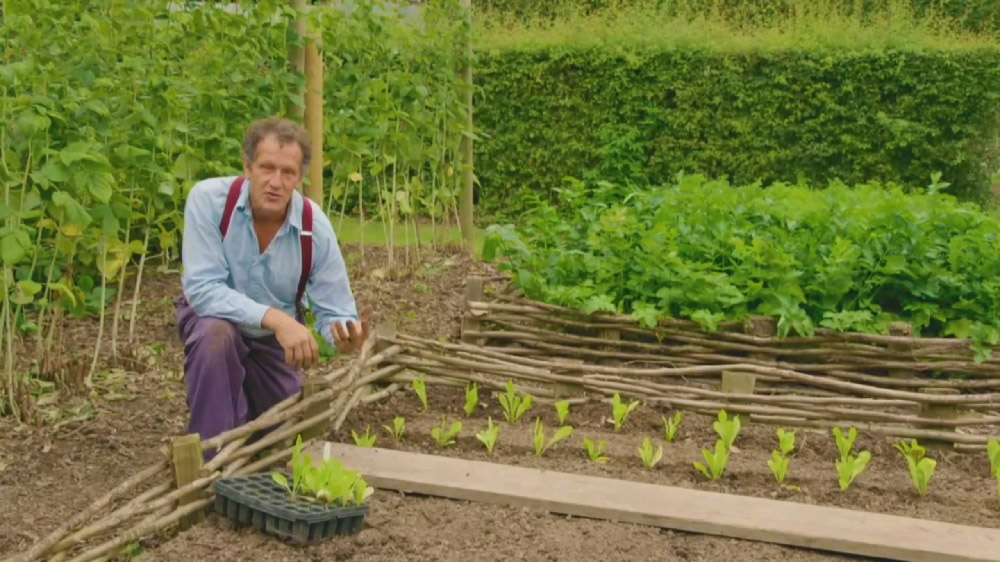With the prospect of a long bank holiday weekend ahead for some of us, Monty has plenty of advice – from pruning blackcurrants and taking cuttings to planting bulbs for flowering this autumn.
Carol Klein finds a collection of plants that are at their peak right now, and gives her advice on how to grow one of the late summer garden stunners, the monarda, while Adam Frost makes the finishing touches to the Leicestershire couple’s garden, which he helped them start from scratch earlier this year. Joe Swift meets Peter Moore, who has spent his working life breeding plants for our gardens, and Nick Bailey shows us how we can use colour to the best effect in pots and borders. We also meet Kelvin Archer, who grows world record-breaking gooseberries in his back garden in Cheshire.
Gardeners World 2018 episode 21
Dahlia
Dahlias are invaluable for the summer border, in patio containers or as cut flowers, often flowering until the first frosts. With many excellent recent introductions, they offer a wide range of flower types, often with very showy, double forms in warm vibrant colours. Dahlias are enjoying a much deserved return to popularity.
Grow your own blackcurrants
Blackcurrants are easy to grow producing sharp but delicious fruit with distinct flavour that are rich in vitamin C. The flowers are insignificant but attractive to pollinating insects and the foliage is pleasantly aromatic.
Ideally choose a sunny position sheltered from cold winds and late frosts that can damage the flowers in spring, though modern cultivars show better cold resistance. Blackcurrants can be grown in light shade. Blackcurrants will tolerate a wide range of soils, but being heavy feeders they prefer moisture-retentive fertile soils that are reasonably well-drained. They can cope with slightly impaired drainage.
Home Composting
Making and using compost is the cornerstone of gardening, especially organic gardening. The finished product is rich, dark, crumbly and sweet-smelling. It is made of recycled garden and kitchen waste, and can also include paper products. It is used to feed and condition the soil and in making potting mixes. Around 40 percent of the average dustbin contents are suitable for home composting so it helps cut down on landfill too.
